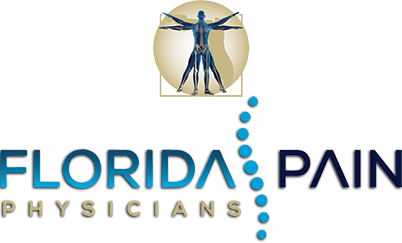Migraines can be an enormous obstacle when it comes to trying to live your best life. Still, many people who experience these intense headaches feel somewhat lost when trying to find the right migraine treatment in North Florida. One of the many options out there is migraine surgery, but as with anything with “surgery” in the name, it can make you take pause and wonder if the treatment is actually worth it.
The first thing to consider is the statistics. Approximately 40% of migraine surgery patients are able to achieve complete relief from their headaches. The vast majority, even if they don’t get complete relief, have expressed life-changing improvements after the surgery has been performed. In many situations, former migraine sufferers are able to beat back their headaches post-surgery with just some simple over-the-counter medicines, such as Advil or Tylenol. A staggering 93% of all migraine surgery patients feel that they are much better off having had the surgery.
So, what exactly does migraine surgery entail? In most situations, the surgeon at your pain management clinic will create an individualized treatment plan based on your specific symptoms. The surgery itself is focused on making small incisions around trigger sites. This is a minimally invasive procedure; your doctor will help you choose if local anesthesia, intravenous sedation, or general anesthesia is best for your situation. The incisions are closed using sutures, skin adhesives, tapes, or clips, and you will be able to leave when the surgery is completed.




